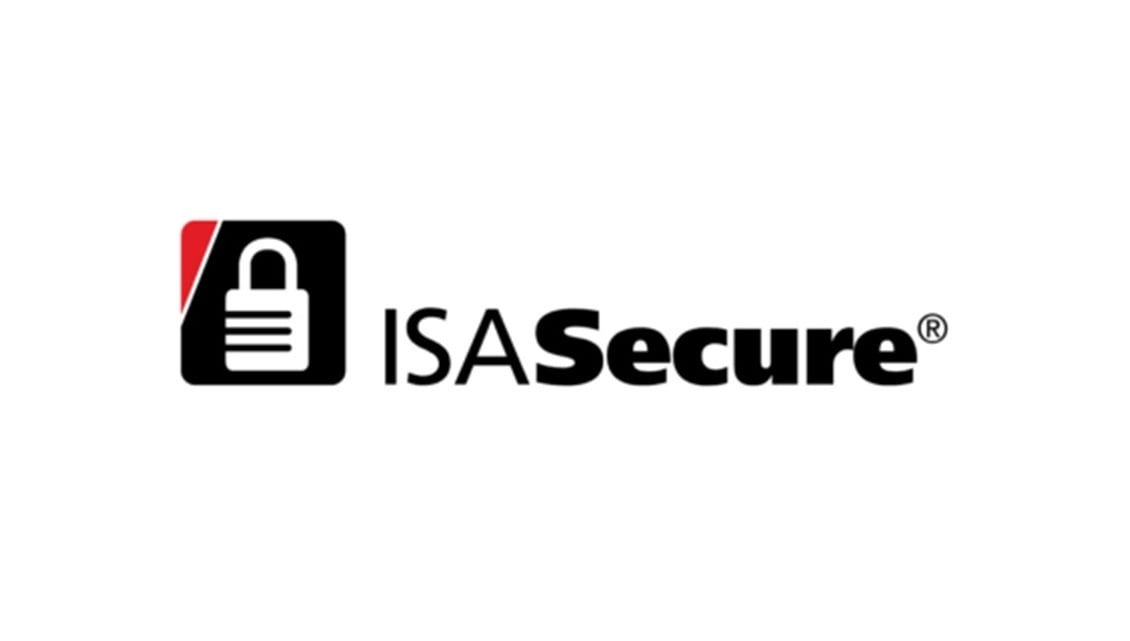Why EN 18031 Certification Matters for IoT Device Manufacturers in the EU
As the European Union strengthens its regulatory framework around digital products, cybersecurity certification is no longer a competitive...
5 min read
![]() Palindrome Technologies
:
Jun 9, 2025 4:53:27 PM
Palindrome Technologies
:
Jun 9, 2025 4:53:27 PM

In today's interconnected world, where industrial automation and control systems (IACS) are the backbone of critical infrastructure and manufacturing, cybersecurity is no longer an afterthought, it's a paramount necessity. The increasing convergence of IT (Information Technology) and OT (Operational Technology) brings immense benefits but also exposes these vital systems to a growing array of cyber threats. This is where the ISA/IEC 62443 series of standards emerges as a crucial guide for securing industrial environments.
The ISA/IEC 62443 is a comprehensive and evolving set of internationally recognized standards and technical reports that provide a holistic framework for addressing cybersecurity in Industrial Automation and Control Systems. Jointly developed by the International Society of Automation (ISA) under its ISA99 committee and the International Electrotechnical Commission (IEC), these standards aim to improve the safety, availability, integrity, and confidentiality of IACS throughout their entire lifecycle—from initial design and development through implementation, operation, maintenance, and eventual decommissioning.
Distinctive Focus on Industrial Environments: Unlike more general cybersecurity frameworks (like NIST CSF or ISO 2700x), ISA/IEC 62443 is specifically tailored to the unique challenges and requirements of industrial control systems. These environments often involve:
The ISA/IEC 62443 series provides a common language and a systematic, risk-based approach to secure these unique systems. It emphasizes a "security by design" philosophy, advocating for the integration of security measures from the very beginning of a product's development and system design, rather than as an add-on. It also promotes a "defense-in-depth" strategy, layering multiple security controls to create robust protection against various attack vectors.
Structure of the Standards Series: The 62443 series is logically structured into four main categories, each addressing a specific aspect of IACS cybersecurity:
General (ISA/IEC 62443-1):
Policies and Procedures (ISA/IEC 62443-2):
System (ISA/IEC 62443-3):
Component (ISA/IEC 62443-4):
By providing a structured and comprehensive framework, ISA/IEC 62443 enables asset owners, system integrators, and product suppliers to collaboratively build, deploy, and maintain secure industrial control systems, significantly reducing the overall cybersecurity risk in critical operations.
For Original Equipment Manufacturers (OEMs) and product suppliers, implementing the ISA/IEC 62443 standards offers a multitude of benefits:
Implementing comprehensive cybersecurity measures throughout a product's lifecycle can be a complex undertaking for OEMs. Palindrome Technologies is uniquely positioned to assist OEMs in enhancing their product security lifecycle and rigorously testing product security.
In a significant move to further advance industrial cybersecurity, Palindrome Technologies has partnered with the ISASecure®, offering a globally recognized certification program specifically designed for industrial cybersecurity. This strategic collaboration solidifies Palindrome's commitment to championing the ISA/IEC 62443 series of industrial cybersecurity standards. The partnership with ISASecure reinforces a mutual dedication to improving the security posture of industrial automation and control systems globally and offer key capabilities to OEM's and Industrial Automation owners including:
Holistic End-to-End Approach: Palindrome Technologies offers a comprehensive suite of services that cover the entire product security lifecycle, from initial design to post-deployment monitoring. This includes:
Deep Expertise and Cutting-Edge Research: With over two decades of experience as an ISO-accredited security testing lab, Palindrome Technologies possesses deep expertise in emerging technologies (e.g., 5G, IoT) and maintains an applied research foundation. This allows them to anticipate and mitigate potential threats effectively.
By partnering with Palindrome Technologies, OEMs can not only ensure their products meet the stringent requirements of ISA/IEC 62443 and achieve ISASecure certifications but also safeguard their reputation, build consumer trust, and confidently bring secure, resilient products to market. In an era of escalating cyber threats, a robust product security lifecycle, supported by expert testing and guidance, is no longer an option—it's a strategic imperative.
As the European Union strengthens its regulatory framework around digital products, cybersecurity certification is no longer a competitive...
The increasing connectivity of medical devices has revolutionized healthcare, offering unprecedented benefits in patient monitoring, diagnosis, and...
The European Union’s Radio Equipment Directive (RED) 2014/53/EU lays the groundwork for ensuring radio equipment is safe, functional, and...
The FCC Cyber Trust Mark: Building a More Secure IoT Ecosystem for All